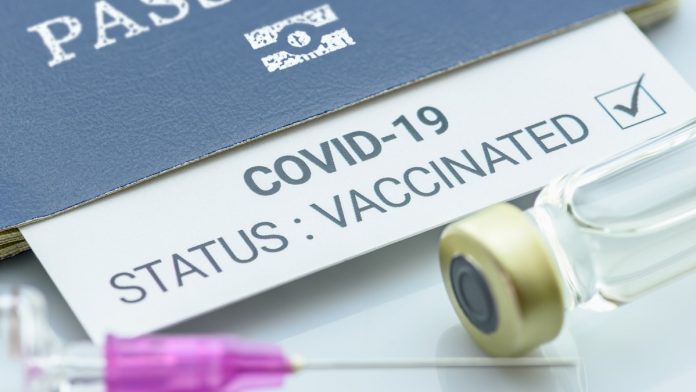The European Union’s vaccine passport scheme has passed its final legislative hurdle, paving the way for medical tourism to resume from July.
The regulation will officially kick in on 1 July, with a phasing-in period of six weeks for the issuance of certificates for those countries that need additional time.
16 EU countries plus Iceland have already started issuing the certificates:
- Austria
- Belgium
- Bulgaria
- Croatia
- Czech Republic
- Denmark
- Estonia
- Germany
- Greece
- Italy
- Latvia
- Lithuania
- Luxembourg
- Poland
- Portugal
- Spain
The other 10, plus three non-EU countries (Liechtenstein, Norway, Switzerland) are at various stages of development. Finland, Hungary and Malta are also testing it.
The EU Digital Covid Certificate Regulation was agreed in a record time of 62 days. The EU Certificate will again enable citizens safe and free movement inside the EU. All Europeans have the right to free movement without the certificate, but the passport will facilitate travel, exempting holders from restrictions such as quarantine.
The European Council (EC) has also amended the recommendation on a coordinated approach to the restriction of free movement. The aim is to establish common criteria and a common framework for possible restrictive measures for travellers.
The updated recommendation includes two additional criteria to be taken into account when considering whether to restrict free movement: the vaccination update and the prevalence of COVID-19 variants of concern or interest. It raises the thresholds for including an area in one of the four defined colours:
- Green: if the 14-day notification rate is less than 50 and the test positivity rate below 4%, or if the 14-day notification rate is less than 75 and the test positivity rate less than 1%.
- Orange: if the 14-day notification rate is less than 50 and the test positivity rate is 4% or more; if the 14-day notification rate is between 50 and 75 and the test positivity rate is 1% or more; or if the 14-day notification rate is between 75 and 200 and the test positivity rate is less than 4%.
- Red: if the 14-day notification rate is between 75 and 200 and the test positivity rate is 4% or more; or if the 14-day notification rate is between 200 and 500.
- Dark red: the threshold for this colour is maintained at a notification rate of more than 500.
Where the epidemiological situation in a region deteriorates rapidly, in particular due to a high prevalence of variants of concern or interest, member states can trigger an emergency brake. On that basis, member states should also require vaccinated and recovered persons to undergo testing and/or quarantine/self-isolate.








 ©2024 All rights reserved LaingBuisson
©2024 All rights reserved LaingBuisson 


